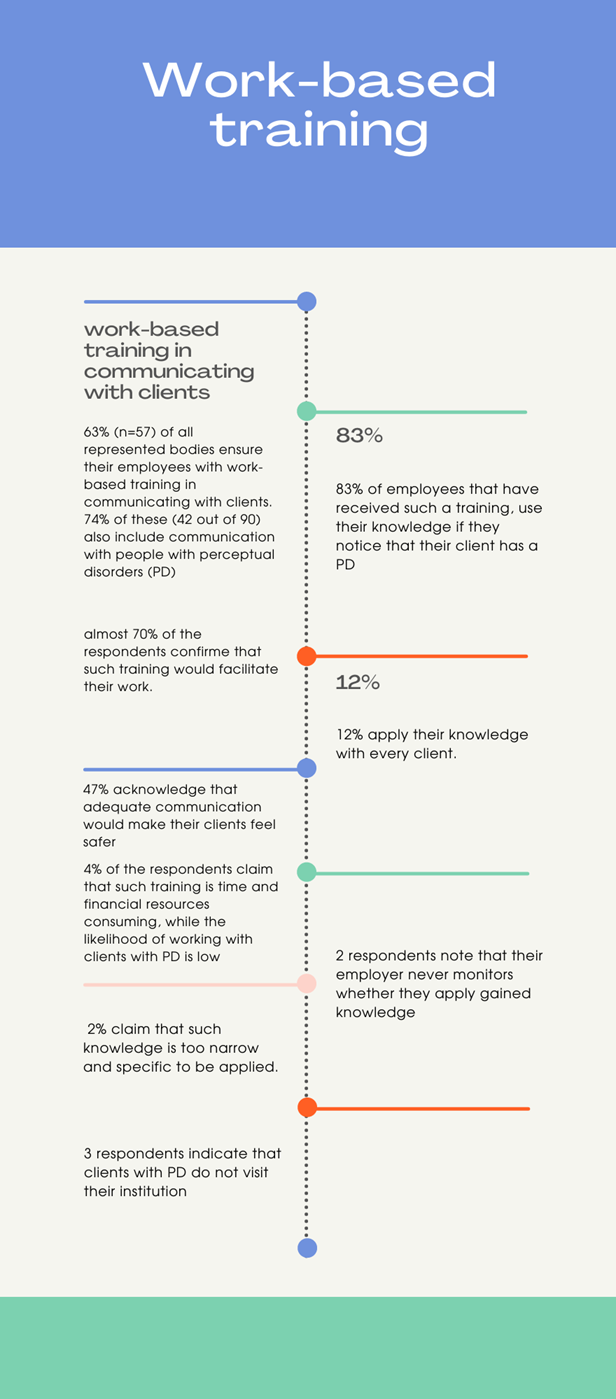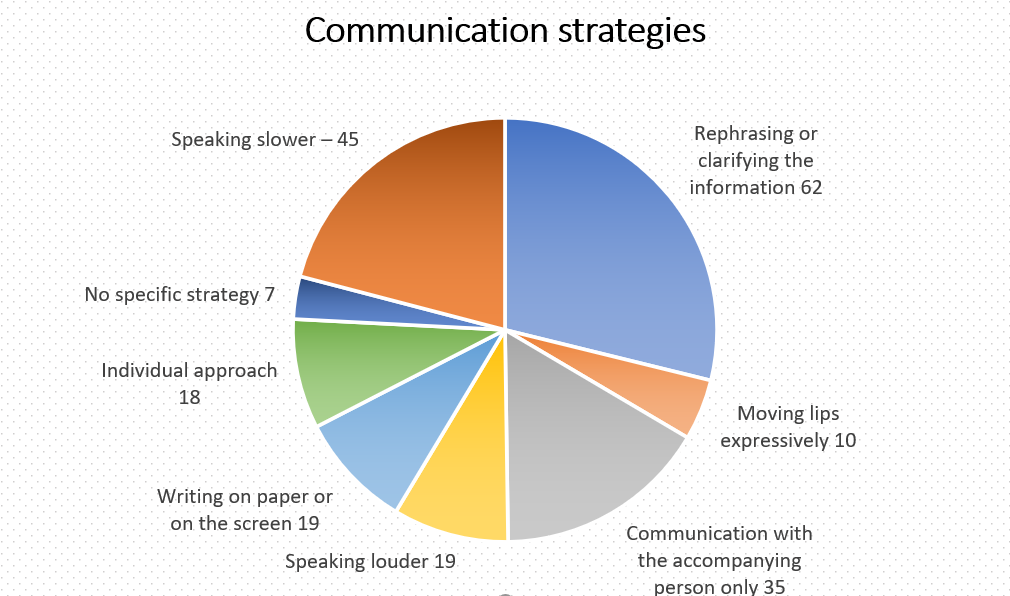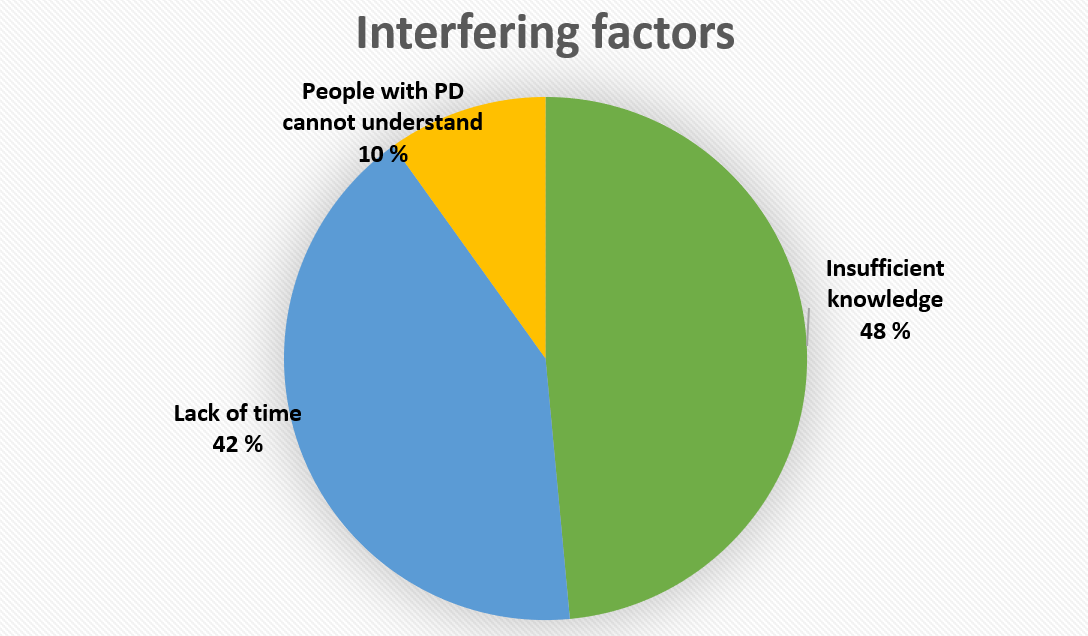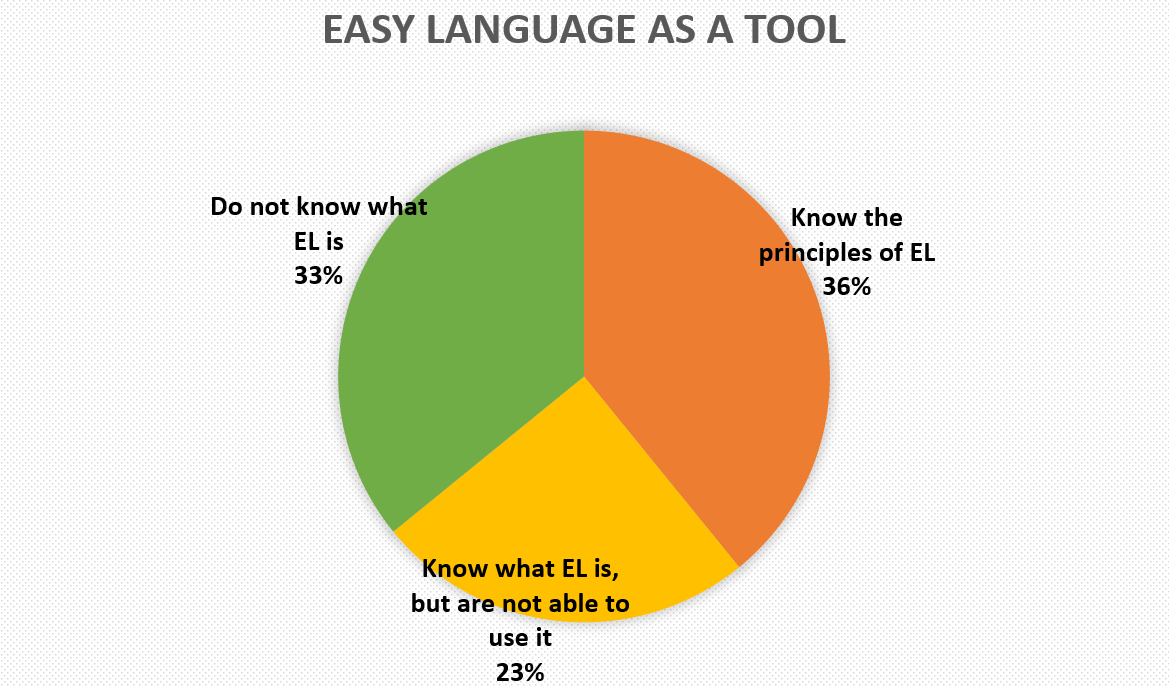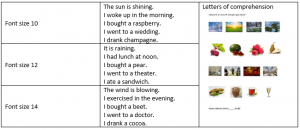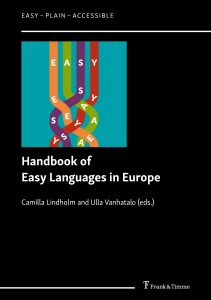Selkokielistä tietoa on tarvittu viime aikoina kenties enemmän kuin koskaan aiemmin. Koronapandemian ja Ukrainan sodan kaltaisissa kriisitilanteissa on äärimmäisen tärkeää varmistaa, että jokainen meistä saa luotettavaa tietoa itselleen helpossa muodossa. Mutta onko selkokielinen uutisointi lukijalleen riittävän ymmärrettävää?
Selkokielisten uutisten ymmärrettävyyttä lähdin selvittämään pro gradu -tutkielmassani, jota varten haastattelin viittä selkokieltä tarvitsevaa ihmistä. Kahdella heistä selkokielen tarpeen taustalla on kehitysvamma (Matti ja Pekka) ja kolmella muulla se, ettei suomi ole heidän äidinkielensä (Zora, Vera ja Mila).
Selkouutinen kirjoitetaan lukija edellä
Selkokielisillä uutisilla tarkoitetaan uutisia, jotka on kohdennettu lukijoille, joilla on vaikeuksia lukea tai ymmärtää yleiskieltä. Selkouutisia tuotetaan kirjoittamalla suoraan selkokieltä tai mukauttamalla yleiskielinen uutinen selkokielelle. Mukautettaessa kirjoittaja käsittelee tekstiä merkityskokonaisuutena ja arvioi selkokielen periaatteisiin nojaten, miten tekstin ymmärrettävyyttä ja luettavuutta voidaan tukea. (Kulkki-Nieminen 2020: 388.) Kirjoittajan täytyy esimerkiksi pohtia, puuttuuko lukijalta sellaista yleistietoa, johon tämä voisi uutisen ankkuroida (Leskelä 2019: 125).
Suomessa selkouutisia julkaisevat Selkosanomat, Lätta bladet, Leija sekä Yle. Tutkielmassani haastateltavat tutustuivat kahteen ajankohtaislehti Selkosanomien uutiseen, joista toinen käsitteli kouluväkivaltaa (myöh. koulu-uutinen) ja toinen sote-uudistusta (myöh. sote-uutinen). Haastateltavien esiin nostamia havaintoja olen luokitellut soveltaen viestinnän professori Osmo A. Wiion (1997) teoriaa ymmärrettävyyden osatekijöistä.
Kiinnostavat aiheet ja tarttumapinta auttavat ymmärtämään
Samastuminen eli lukijan mahdollisuus samastaa itsensä ja ympäristönsä uutisen tapahtumiin (Wiio 1997) nousee aineistossa keskeisesti esiin. Koska ihmisellä on taipumus kiinnostua asioista, joissa he voivat itse kuvitella olevansa mukana (ns. human interest), on samastumisella merkittävä vaikutus kykyymme ymmärtää tekstiä. Myös aineistossani samastuminen kulkee käsi kädessä uutisen ymmärrettävyyden kanssa, ja haastateltavien oli helppo samastua konkreettiseen ja arkiseen koulu-uutiseen. He peilasivat kouluväkivaltaa omaan elämäänsä:
(1) no se [hyöty] et jos mä oisi kouluikäne ni emmä ainakaa tekis tommost (Pekka)
(2) mina ymmaran minun pitaa keskustella minun lapsenii [kanssa] ja olla varovastii ja kattoo [mitä] minun lapseni puhuu (Zora)
Abstraktimpaan sote-uutiseen samastuminen sen sijaan tuntui vaikeammalta, ja ainoastaan kaksi viidestä haastateltavasta koki samastuvansa uutiseen. Eräs haastateltavista lähestyi sote-uudistusta terveyspalvelujen saatavuuden näkökulmasta:
(3) no jos mä nyt itteeni ajattelen ni joo et jos ite tarvii terveyspalveluja ni vois ymmärtää että sinne pääsis aika helpostikki (Matti)
Samastumisen ohella myös motivaatiolla on ymmärrettävyyden kannalta suuri merkitys, sillä kiinnostavaksi koetut tekstit luetaan tyypillisesti useammin loppuun kuin vähemmän kiinnostavat ja niiden ymmärtämiseksi ollaan valmiita näkemään enemmän vaivaa (Wiio 1997). Aineistossani sekä koulu-uutinen että sote-uutinen koettiin kiinnostavaksi. Haastateltavien motivaatiota lisäsi erityisesti uutisen tarjoama tieto oman tai läheisen ihmisen terveyden tai turvallisuuden parantamiseksi (esimerkit 4–6) sekä oman tiedon kartuttaminen tiettyyn aiheeseen liittyen (esimerkki 7).
(4) kyl se kiinnostaa ainahan se kiinnostaa jos koulus sattuu jotai (Pekka)
(5) joo se on kinostava ja informativinen koska mina [olen] vanhemat ja mina kinostunut lapset (Zora)
(6) kylhän se aina oma terveys kiinnostaa (Pekka)
(7) joo se on hyva tietaa etta se oli suunniteltu pitkana aikana tottakai se tarvitsee paljon toita ja se sano etta miloin se voi mm tule meidan elamaan mm muttaa olisi ihana tietaa lisaa sote systeemista (Mila)
Kiinnostavaa on myös se, että jokainen kolmesta Suomeen muuttaneesta haastateltavasta mainitsi uutisten merkityksen Suomeen integroitumisessa, ja tiedon saamisen nähtiin helpottavan elämää uudessa kotimaassa (esimerkki 8).
(8) se on tarkeaa etta maahanmuutajat tai ulkomaalaiset voivat lukea mm kaikesta asioista mita tapahtuu kaupungissa tai maassa ja mm reagoivat hyvin ja tai osallistuvat mm elamassa tassa maassa (Mila)
Myös uutisten ulkoasun, kuten ilmavan taiton ja lihavoinnin suosimisen lyhyissä korostuksissa, nähtiin tukevan uutisten ymmärrettävyyttä. Ulkoasun merkitys nousi keskeiseksi erityisesti sote-uutisessa, jonka haastateltavat kokivat muuten melko vaikeaksi. Sote-uutisessa ymmärrettävyyden kannalta keskiöön nousi uutisen kuva, jossa on potilas lääkärin vastaanotolla. Kuva esimerkiksi korjasi tekstin perusteella syntyneitä väärinkäsityksiä siitä, että sote-palveluissa olisi kyse ainoastaan puhelimitse tapahtuvasta palvelusta (esimerkit 9 ja 10).
(9) no ainaki se [on hyvää] että tää kuva liittyy tähä et tää on mun mielestä hyvin otettu tää kuva et se liittyy tähä tekstiin ja ihminen näkee et mist on kyse ku se lukee tän et jos ei ois tätä kuvaa ni ei välttämättä ymmärtäis (Pekka)
(10) muttaa mina mm mina ymmarran etta se on soittaa palvelu ja nyt hehe nyt kuvassa mina naen etta se ei ole vain soittaa mina voin kaydaa (Vera)
Vieras sanasto ja abstrakti sisältö haastavat selkouutisten ymmärrettävyyttä
Vieras sanasto nousi keskeisimmäksi ymmärrettävyyttä vaikeuttavaksi tekijäksi erityisesti niiden haastateltavien kohdalla, joiden äidinkieli ei ollut suomi. Koulu-uutisesta he löysivät 12 itselleen vierasta tai vaikeaa sanaa, joista eniten haasteita aiheuttivat uutisen ymmärtämisen kannalta keskeiset sanat uhriaan, pahoinpitely, (menetti) tajuntansa ja potki. Yksi haastateltavista kuvasi haastavan sanaston vaikutusta lukemiseen näin:
(11) jos tama mm lehti on esimerkiksi mm maahanmuuttajille sitten ehkaa sanasto voi olla vahan helpompi koska sitten se tekee en tieda puoli tuntia lukea vain yksi artikkeli ja sitten ehka en halua lukea jotakin muuta hehe (Mila)
Sote-uutisen sanasto puolestaan aiheutti päänvaivaa jokaiselle haastateltavista. Kehitysvammaiset lukijat löysivät uutisesta yhdeksän vierasta sanaa ja maahanmuuttajalukijat 12. Sote-uutisen haastavimmiksi sanoiksi kerrottiin sanat sote, hyvinvointialueet tai hyvinvointialuetta, valtuustoihin, maakunniksi ja vauhdikkaasti, joista sote oli vieras peräti neljälle viidestä haastateltavasta.
Myös uutisten sisältö nousi ymmärrettävyyspuutteeksi silloin, kun se ei ollut riittävän konkreettista. Tämä oli tyypillistä erityisesti abstraktimman sote-uutisen kohdalla. Uutisen aihe oli kahdelle haastateltavista täysin vieras, ja kolme muutakin olivat kuulleet tai lukeneet sote-uudistuksesta vain ohi mennen. Uutisen sisällön keskeisimmäksi pulmaksi osoittautui tiedon puute, mikä aiheuttaa tekstiin niin sanottuja sisällöllisiä aukkoja, joita selkoteksteissä pitäisi pyrkiä välttämään. Esimerkiksi hyvinvointialueiden merkitys jäi haastateltaville uutisen perusteella epäselväksi:
(12) nii siis hyvinvointialueet ni se on ehkä sit semmone että siit ei oikein niinku tiiä et mitä ne on että niistä ei oo niinku tossa uutisessa kerrottu (Matti)
(13) mm onkse joo alue on mm onko helsinki tai uusimaa tai mita vaan joo mutta en tieda mm kuinka monta hyvinvointialuetta ovat suomessa ja onko se tulee koko suomeen tama systeemi vai vain uusimaa tampere turku tai oulu (Mila)
Wiion (1997) mukaan ulkoasulla voidaan sekä tukea että heikentää tekstin ymmärrettävyyttä, mikä kävi ilmi myös tekemissäni haastatteluissa. Haastateltavat kertoivat uutisen ulkoasun vaikeuttavan lukemista erityisesti silloin, kun uutisten eri osat eivät erottuneet toisistaan riittävän selkeästi ja silloin, kun fontti ja riviväli olivat liian pieniä. Kukaan haastateltavista ei kuitenkaan kokenut ulkoasun vaikuttaneen merkittävästi uutisen ymmärrettävyyteen, vaan he kertoivat lähinnä, miten ulkoasua voitaisiin vielä selkeyttää.
Jenni Stolt
Kirjoittaja työskentelee Selkokeskuksessa suunnittelijana. Hän valmistui kesällä 2021 filosofian maisteriksi Tampereen yliopistosta pääaineenaan suomen kieli.
Kirjoitus perustuu pro gradu -tutkielmaan:
Stolt, Jenni (2021): Selkolukijat selkouutisten testaajina. Laadullinen tutkimus Selkosanomien uutistekstien ymmärrettävyydestä. Tampereen yliopiston informaatioteknologian ja viestinnän tiedekunta. https://urn.fi/URN:NBN:fi:tuni-202104284090.
Lähteet
Kulkki-Nieminen, Auli 2020: Journalistisia tekstejä selkokielellä. Saavutettavan median tarjonnasta ja erityispiirteistä – Media & viestintä 43 (2020): 4 s. 385–402.
Leskelä, Leealaura 2019: Selkokieli. Saavutettavan kielen opas. Espoo: Kehitysvammaliitto ry / Oppimateriaalikeskus Opike.
Selkosanomat 2020: Koulujen turvallisuus huolettaa – Selkosanomat 15/2020 s. 3.
Selkosanomat 2020: Sote parantaa terveyspalveluja – Selkosanomat 16/2020 s. 3.
Wiio, Osmo A. 1997: Johdatus viestintään. Porvoo: Weilin+Göös.

